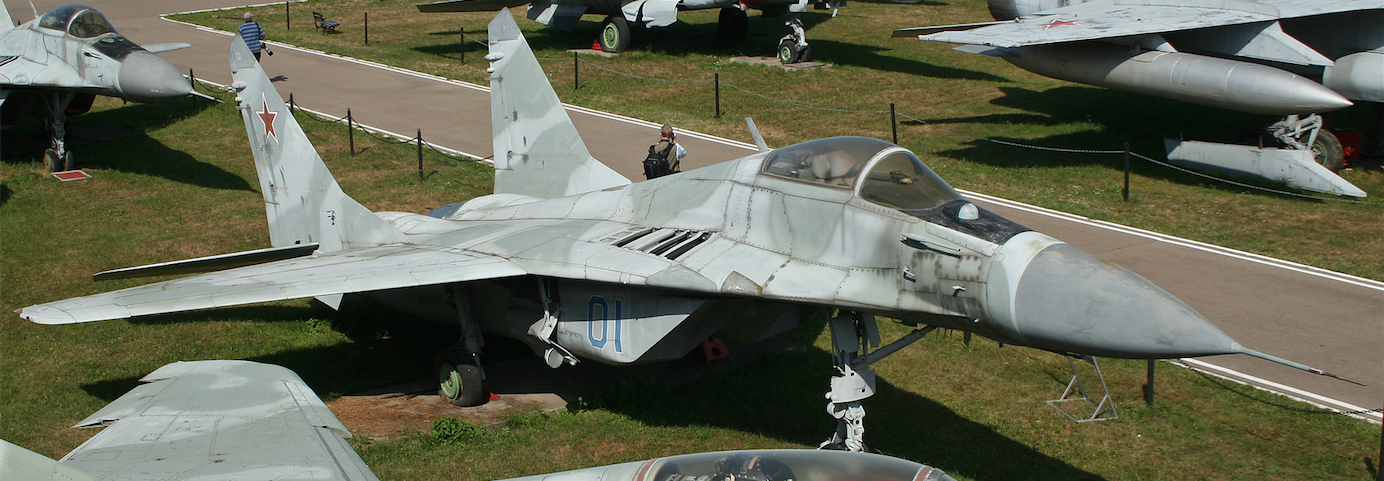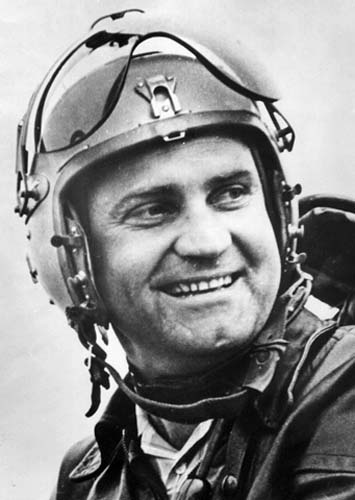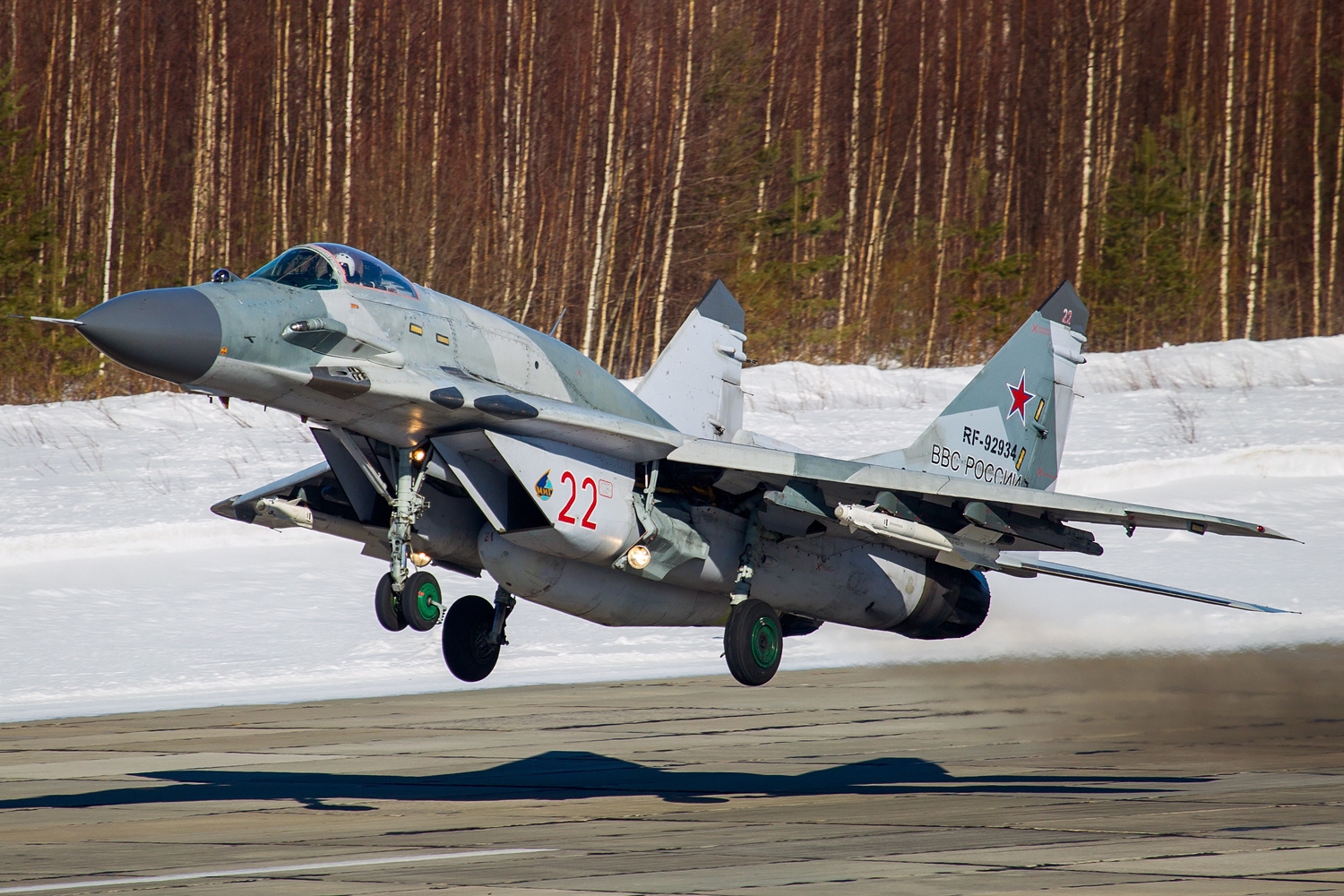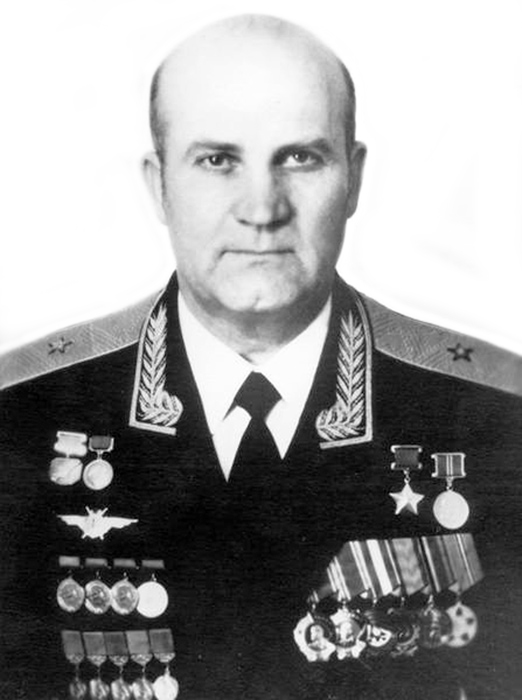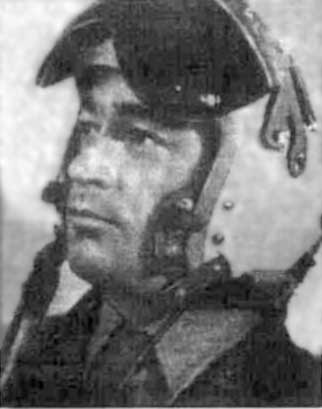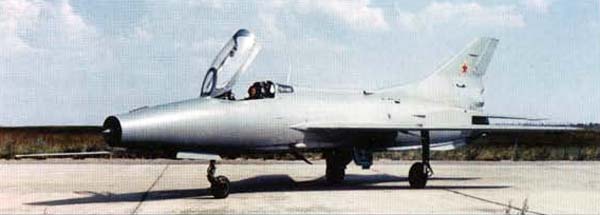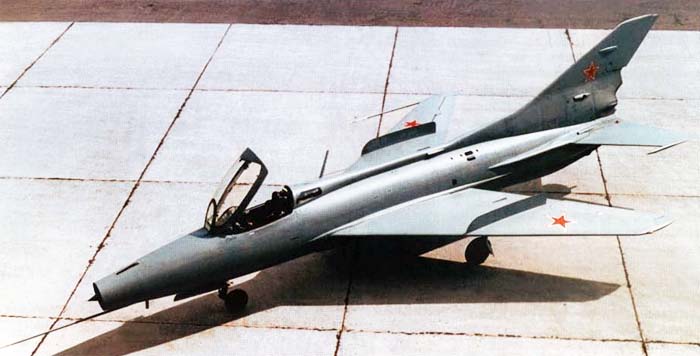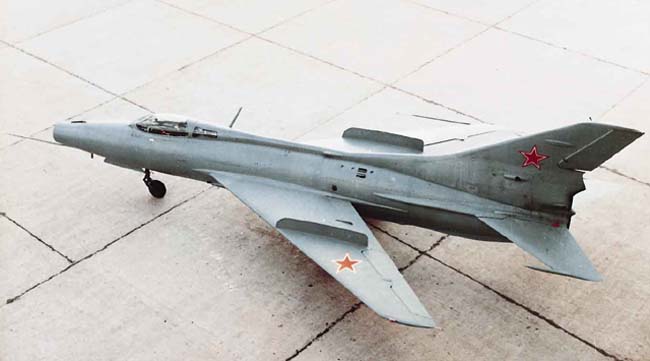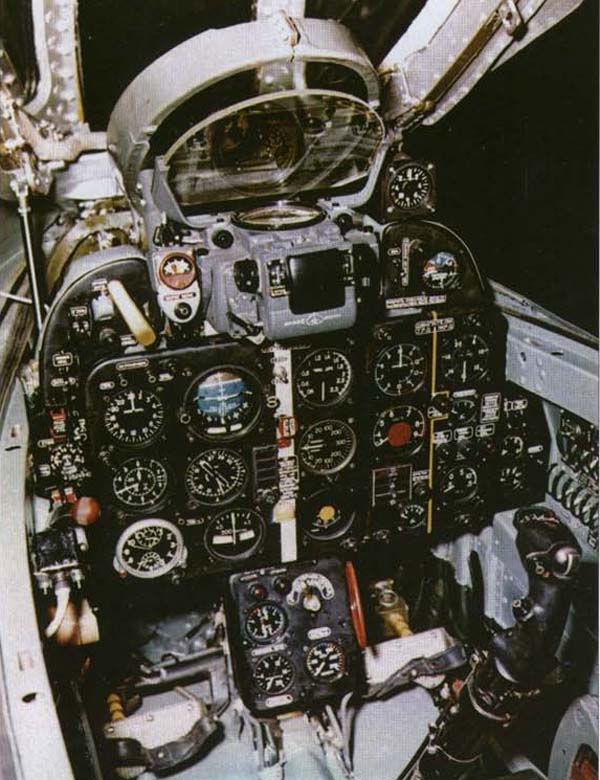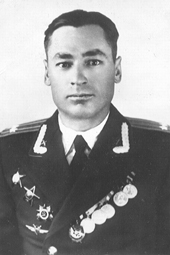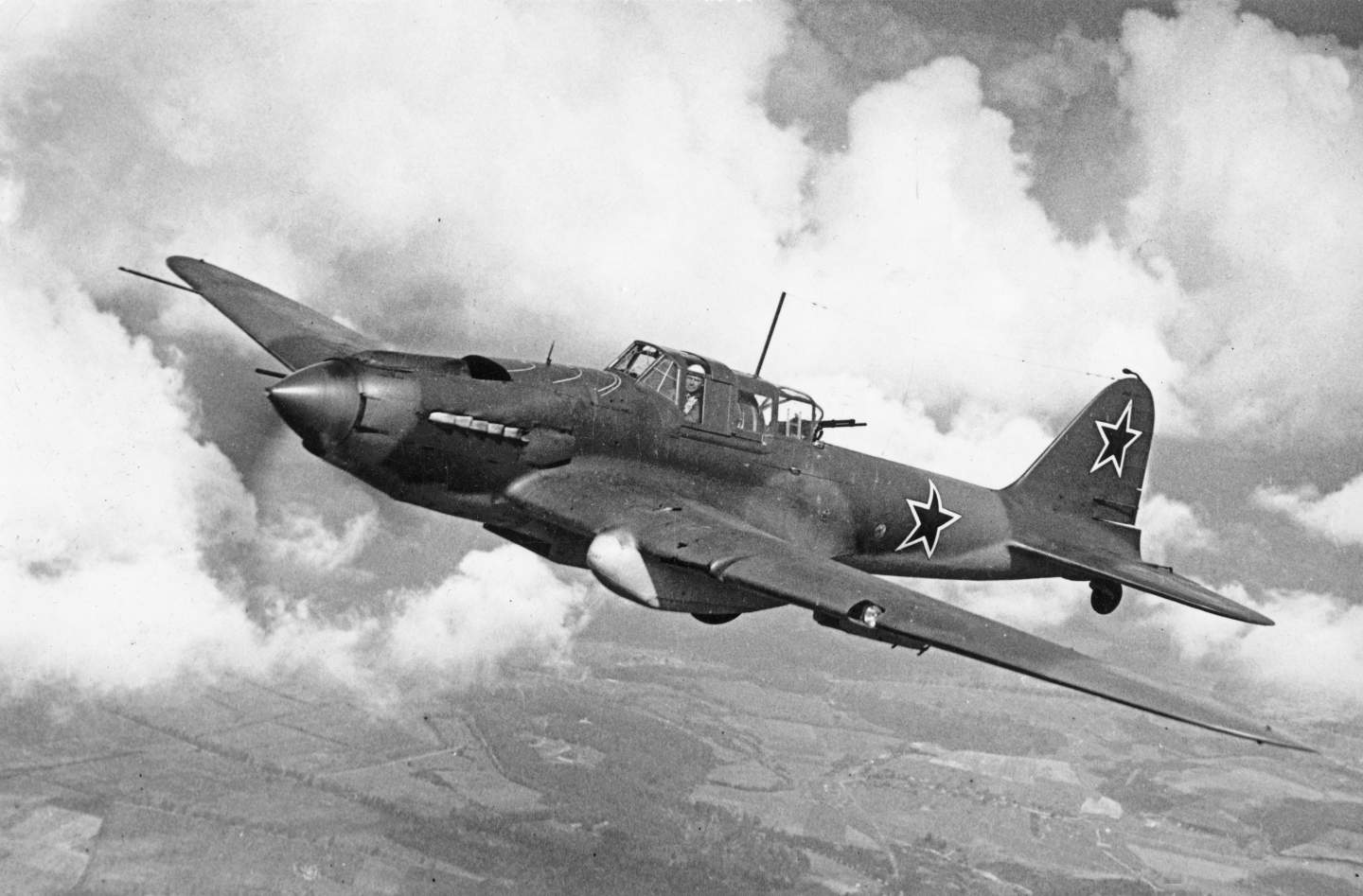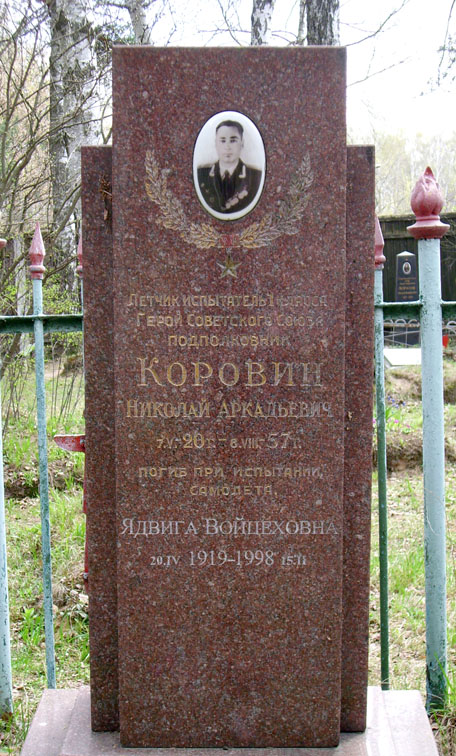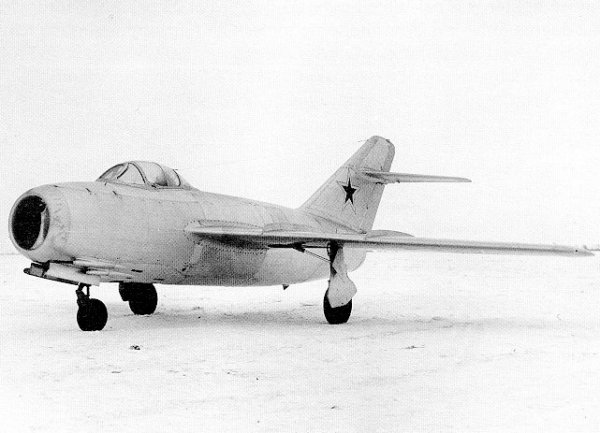
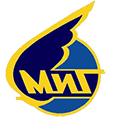 30 December 1947: OKB Mikoyan test pilot Captain Viktor Nikolaevich Yuganov made the first flight of the Mikoyan and Gurevich I-310 prototype, S01. This would be developed into the legendary MiG-15 fighter.
30 December 1947: OKB Mikoyan test pilot Captain Viktor Nikolaevich Yuganov made the first flight of the Mikoyan and Gurevich I-310 prototype, S01. This would be developed into the legendary MiG-15 fighter.
S01 was a single-seat, single-engine prototype for a fighter interceptor designed to attack heavy bombers. It was intended to reach the high subsonic speed range. The wings and tail surfaces were swept to 35° at 25% chord. The wings were given 2° anhedral.
The prototype was 10.11 meters (33 feet, 2 inches) long with a wingspan of 10.08 meters (33 feet, ¾ inch). Its empty weight was 3,380 kilograms (7,452 pounds) and the takeoff weight was 4,820 kilograms (10,626 pounds).
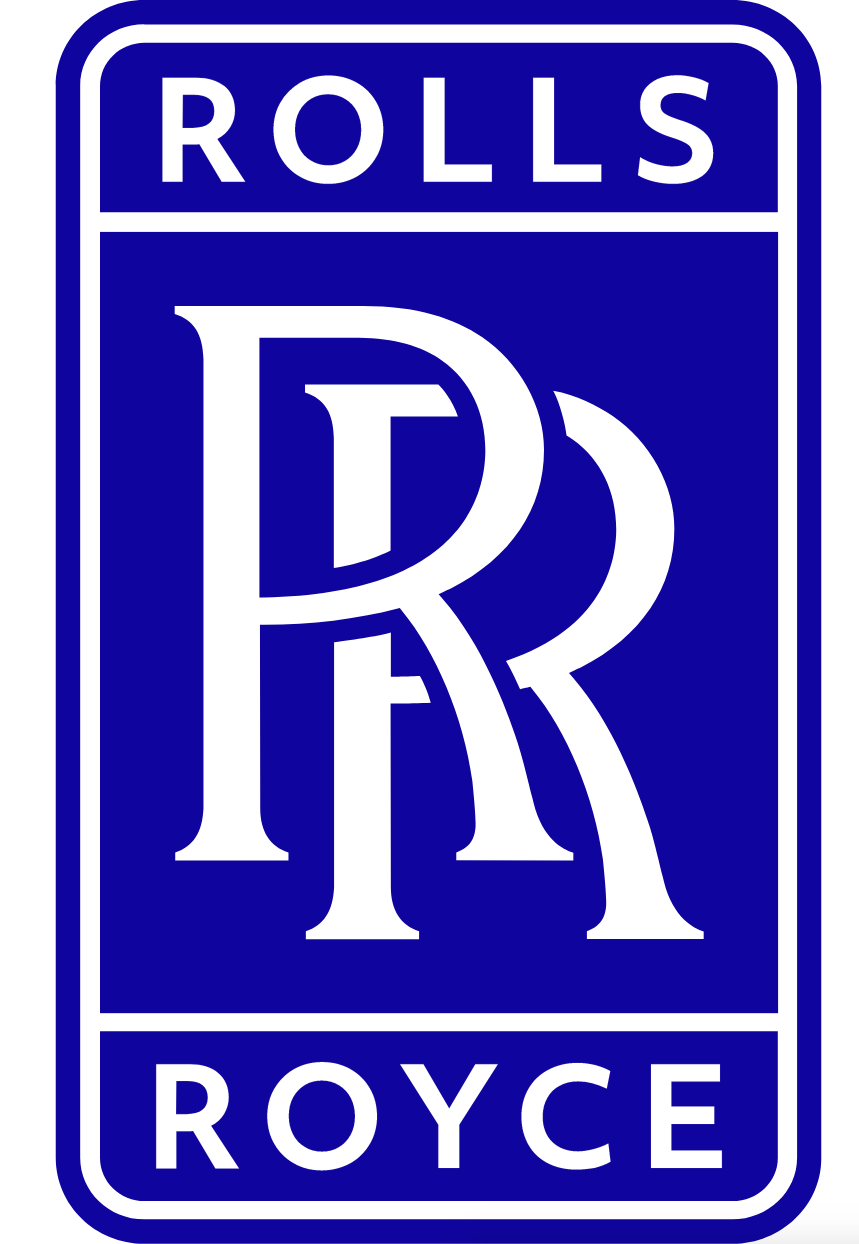 I-310 S01 was powered by a Rolls-Royce Nene turbojet engine, one of 55 purchased from Rolls-Royce in 1947, then reverse-engineered by Vladimir Yakovlevich Klimov as the Klimov RD-45. The Nene used a single-stage centrifugal-flow compressor and single-stage axial-flow turbine. It was rated at 5,000 pounds of thrust (22.24 kilonewtons) at 12,400 r.p.m., for takeoff.
I-310 S01 was powered by a Rolls-Royce Nene turbojet engine, one of 55 purchased from Rolls-Royce in 1947, then reverse-engineered by Vladimir Yakovlevich Klimov as the Klimov RD-45. The Nene used a single-stage centrifugal-flow compressor and single-stage axial-flow turbine. It was rated at 5,000 pounds of thrust (22.24 kilonewtons) at 12,400 r.p.m., for takeoff.
The I-310 had a maximum speed of 905 kilometers per hour (562 miles per hour) at Sea Level (0.74 Mach), and 1,042 kilometers per hour (648 miles per hour)—0.99 Mach—at 2,600 meters (8,530 feet). The service ceiling was 15,200 meters (49,869 feet). It could climb to 5,000 meters (16,404 feet) in 2 minutes, 18 seconds, and to 10,000 meters (32,808 feet) in 7 minutes, 6 seconds. Endurance was 1 hour, 31 minutes. Maximum range for S01 was 1,395 kilometers (867 miles).
The prototype was armed with one Nudelman N-37 37 mm cannon and two Nudelman-Rikhter NR-23 23 mm cannon.
The the first production MiG 15 flew 31 December 1948, one year and one day after the prototype. More than 18,000 were built.
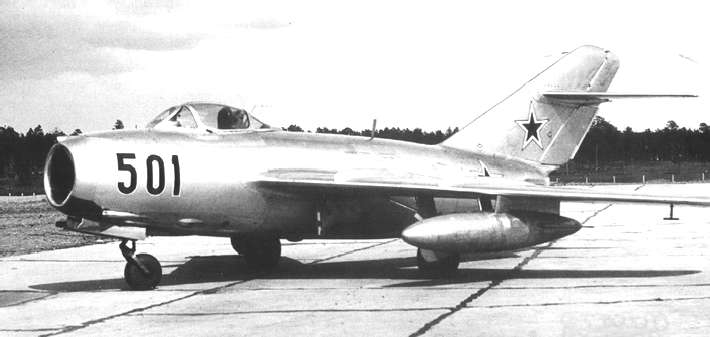
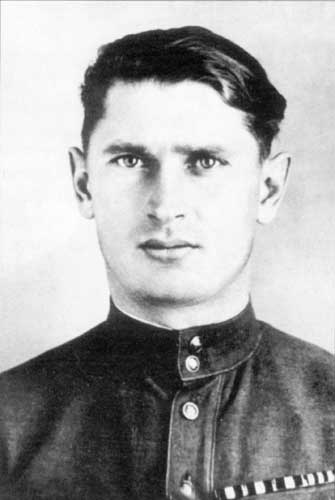
Viktor Nikolaevich Yuganov (Виктор Николаевич Юганов) was born at Moscow, Russian Soviet Federative Socialist Republic, 23 February 1922. He was a member of the Stalin Flying Club at age 14.
In December 1937, Yuganov entered the Red Army. He graduated from the flight school at Borisoglebsk, Voronezh, Russia, in December 1938. Yuganov was the youngest pilot in the 56th Fighter Regiment.
In July and August 1939, he flew 120 combat sorties during the Battles of Khalkhyn Gol (an undeclared war with Japan) and is credited with having shot down three enemy airplanes.
Viktor Yuganov was transferred to the 19th Fighter Regiment and was involved in the Russo-Finnish War (“The Winter War”) of 1939–1940.
After Germany invaded the Soviet Union in June 1941, Yuganov was assigned to the 2nd Independent Fighter Squadron. In January 1942, he was appointed deputy commander of the 521st Fighter regiment at the Kalinin Front. He shot down two more enemy aircraft.
In April 1942 Yuganov was assigned as a test pilot at the Gromov Flight Research Institute at Zhukovsky Air Base near Moscow and remained there until March 1945. He then became an inspector on the Air Staff for the Moscow Military District. In December 1946 he resumed test flying, this time at Mikoyan Design Bureau. Three years later, Yuganov returned to the Flight Research Institute where he continued testing the MiG-15.
Viktor Yuganov was awarded the Order of Lenin, and three times, the Order of the Red Banner. He died at Moscow, 24 July 1964.
© 2018, Bryan R. Swopes
